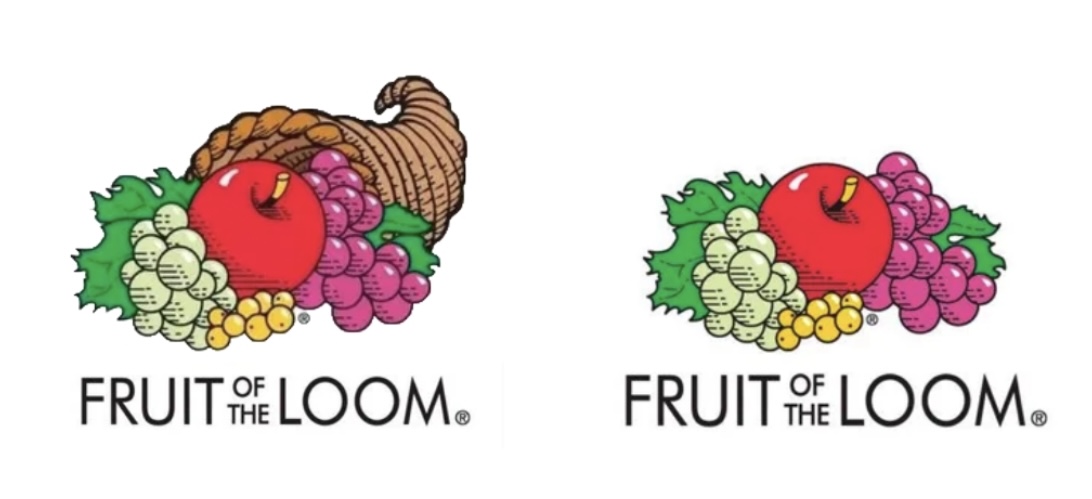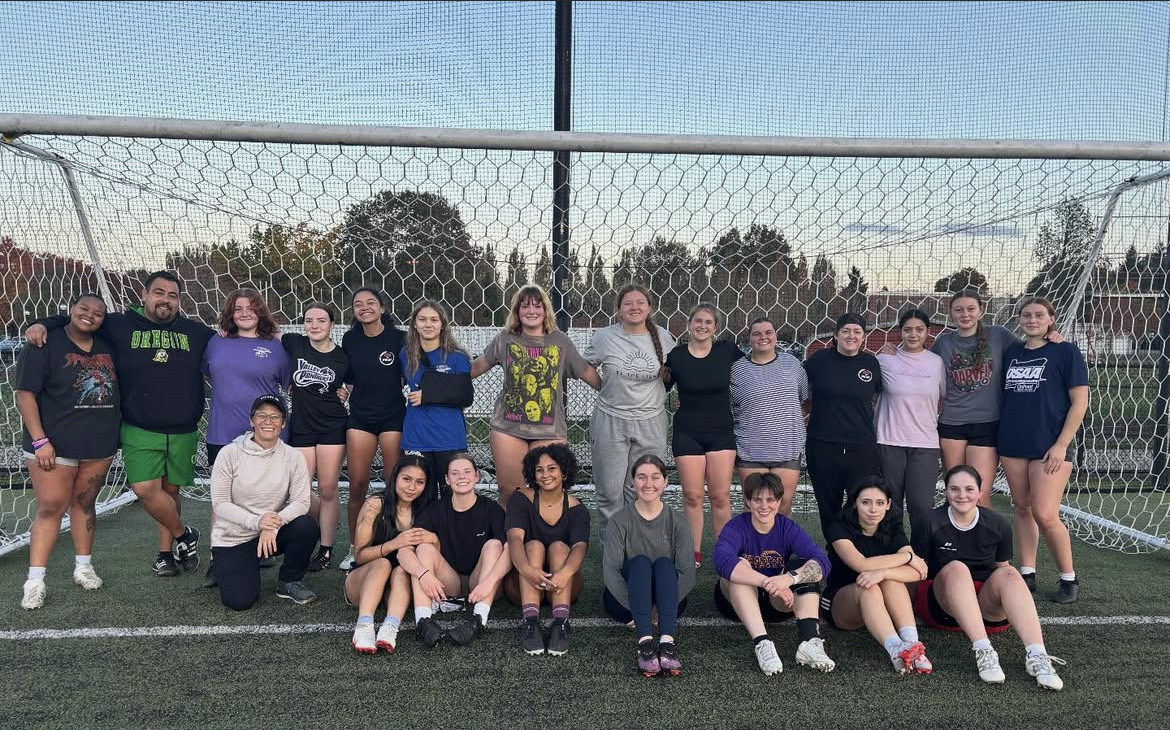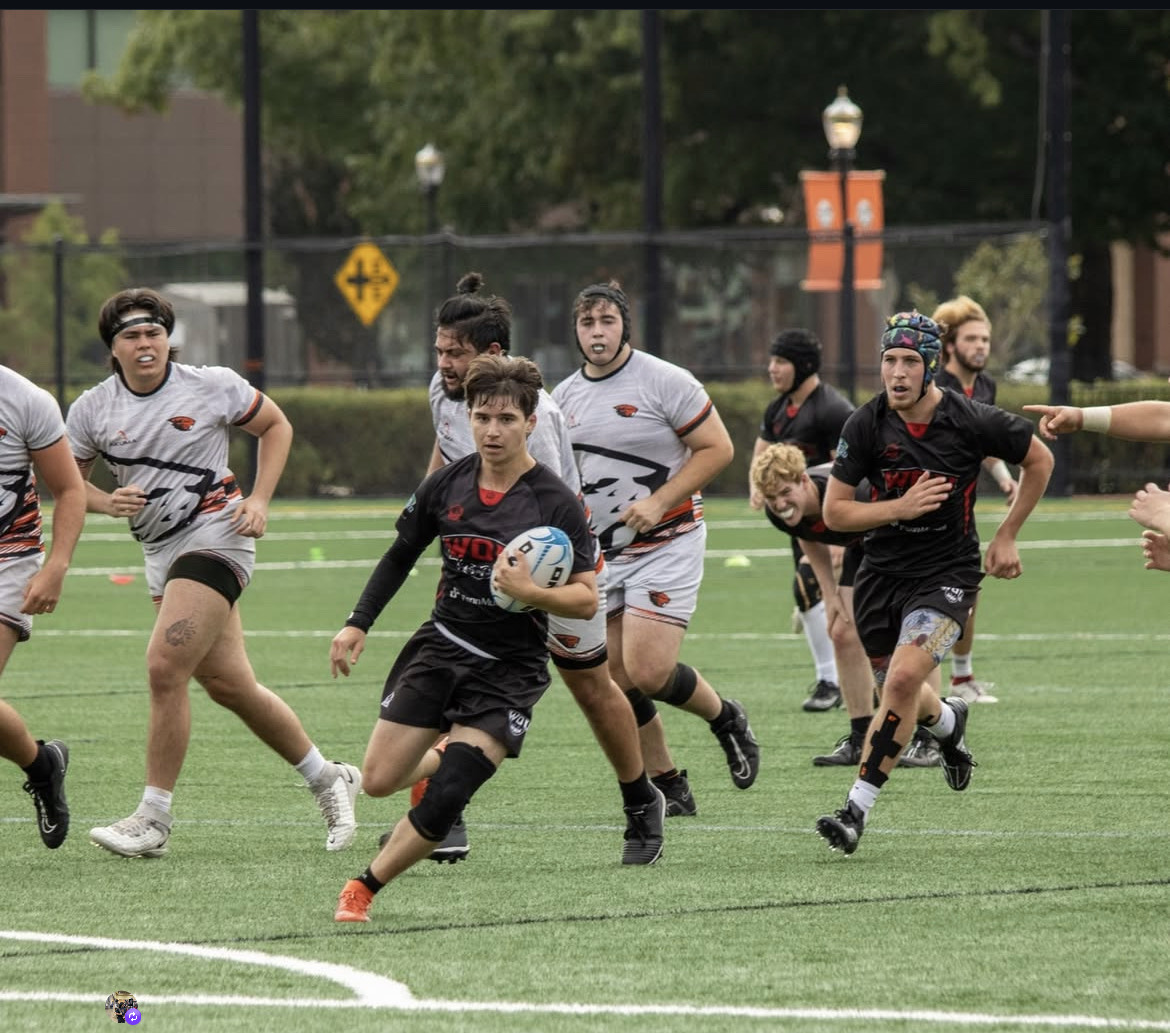February 26, 2025
Written by: Hannah Field | Editor-in-Chief
American Sign Language has a rich and profound history across the country — but is a rare program to encounter in higher education. Few colleges along the West Coast offer American Sign Language courses beyond the beginning levels — Western, however, offers two degree paths, a minor and a master’s program.
The American Sign Language studies program at Western, on average, carries 15 students per class through 60 required credits of classes, beginning with the basic models of ASL and leading into a variety of additional classes, such as Deaf history, mental health in the Deaf community and deafblind studies.
For roughly half a century, Western has been serving the Deaf community in Monmouth, Oregon. Some current staff of Western in the ASL department, with examples such as Brent Redpath, LeShonDre Brown and Elisa Maroney, attended Western in prior years.
Historically, Western showcases success in instructing the future interpreters of America. Western was the first base for a national ASL assessment service in the West as of 2020 — a testament to Western’s dedication to American Sign Language proficiency testing for anyone interested in their fluency level.
The two Bachelor of Arts programs — American Sign Language studies and interpreting studies: theory — differ, despite common misconceptions about the programs. American Sign Language studies, according to Western’s website, helps foster knowledge of ASL in a way that promotes respect for Deaf culture, history and community. “You will not only continue to hone your ASL skills, but you will also study areas such as linguistics, language acquisition, cultural competency and mental health and learn how this information can serve the (Deaf) population.”
Other higher education institutions may refer to their version of ASL studies as Deaf studies or, potentially, be known as simply American Sign Language.
Elisa Maroney, current program co-coordinator of the ASL branch of the interpreting program and certified interpreter, helped construct the ASL studies program curriculum at Western in its prime, alongside Debi Duren. The program originated from the interpreting program, which found its footing first at Western.
“Our program is a study of the language, the culture, the history. For ASL studies, we’re often a more foundational program — students have that skill in ASL that they can use for the next step in their lives, which might be a graduate program, or it could be related to their career that requires an ASL background,” said Brent Redpath, American Sign Language studies program coordinator. Redpath has been working diligently at Western since 2012 and has become a well-respected professor — often harboring full classes with a waitlist each term.
Redpath, as program coordinator, schedules classes, makesing sure each class is properly staffed with instructors, balancesing course loads for faculty, addressesing student concerns and assistsing in conflict management amongst students. Redpath wholeheartedly represents the ASL program — his face and name are well-known in the Richard Woodcock Education Center — RWEC — where the majority of ASL classes take place.
Predominantly, classes in ASL are taught by deaf professors. ASL language classes — 101 through 303 — follow this model earnestly.
“It’s very nice to have native users of a language who are instructing in their native language,” said Redpath. “And to receive language and culture directly from a deaf person. Nothing against hearing people, don’t get me wrong — but their experiences will be different than a person who grew up as a Deaf individual. They’re going to have a different background, and they won’t be able to speak to that perspective in the same way a Deaf person can.”
With this in mind, ASL classes are regarded as “Deaf classrooms.”
“You might notice as you come into class that we have our tables set up in a U-shape, which is different from other classes. That’s how we always teach so that every student in the class can see each other. It’s a visual language,” said Redpath. “It’s important that we can all see each other, that I can see the students and they can see me.”
The RWEC boasts glass panels in the wall, allowing professors to see what’s happening in the hallways and beyond — a common Deaf-friendly window style. Redpath personally acted in the committee that assisted with designing the RWEC. “I was able to offer some tips and ideas for how to make this building a more Deaf-friendly space,” said Redpath. Additionally, the topic of what makes a Deaf-friendly space is discussed in class to teach on Deaf culture and respect.
Deaf classrooms are also deadly quiet to the average hearing person.
“It is dead silent … The way you can just hear a pin drop — the way people can hear you swallow wrong,” laughed junior Abby Money. “And then the two people on your left hear it and you have to say, ‘sorry, I’m hungry today.’”
Unfortunately, the COVID-19 pandemic has impacted the ASL studies program; staff has been reduced, as have extra class options. As of 2025, Western has two full-time ASL studies staff members, alongside five part-time employees. Ideally, the program will be able to restore more staff members, in-person classes and more classes and class times.
Functionally, ASL classes utilize Canvas and GoReact for exams, homework and lessons. GoReact is a video-based system, allowing students to upload videos of their exams and receive direct feedback.
ASL students, if struggling, may resort to the tutoring center for additional assistance with their signing fluency. Ideally, students will continue to participate in the Deaf community. “I always encourage students to be involved,” said Redpath. “It’s not enough to just go to ASL classes and be done. You can’t thrive that way … There is actually an ASL hall in the dorms, where you can have extra opportunities to socialize outside of class time.”
The ASL club on campus is a good resource for students to gain signing experience and practice with their peers.
Redpath’s classes involve three exams per term and weekly assignments. Students meet in small groups to practice for a grade on a weekly or bi-weekly basis, depending on the instructor’s choice.
“The ASL studies program is one of the biggest language programs that we offer on campus, and administration at Western has recognized us for that. We appreciate their support for our program,” said Redpath. “We felt their involvement in making our program successful … We hope (the program) will continue to grow even larger in the future. Of course, things are different now in post-COVID days, but we really hope to be back to what we were before. It’s a really important program — to me and to the university.”
As for Redpath — “My favorite part of this job is definitely working with the students. I teach a variety of classes, I work with diverse students from diverse backgrounds. And they’re not just learning from me — I’m learning from them.”
For junior Dylan Meader, Redpath stands out as a professor. “His teaching style is really effective for me,” explained Meader. “I’ve had good experiences with all the professors here, but I feel I respond best to his methods of teaching — he’s just a really nice guy.”
Meader gravitated to American Sign Language in high school, needing to fulfill a language requirement and finding it fulfilling beyond his initial expectations.
“There’s not a single school in Washington that has the interpreting program, and that was something I really wanted to pursue,” said Meader. “I decided to look out of state, and the closest to my home in Bellingham, Washington, was Western. So I applied and I toured. It was something that I liked — so I decided to go for it … it’s been really great so far.”
Maroney attests that somewhere between one-third to one-half of ASL interpreting students in any given year are from out of state — such as juniors Abby Money and Meader.
Money, like Meader, hails from another state. Money grew up in Templeton, California, and Monmouth has been her first taste of life somewhere else.
“It was really scary for me moving here because I had, genuinely, never lived anywhere else on my own,” said Money. “Being fully immersed in the classes, I was so scared starting college. It was a nice surprise — it was worth it.”
Often, Redpath or LeShonDre Brown are the first faces students see when entering the program at 101.
“I went in, freaking out,” said Money, describing her first term with Redpath in ASL 201. “I was so scared. I was like, ‘he’s deaf. What if he doesn’t understand a word I’m saying?’ Spoiler alert — he did. He understood me.”
Western’s interpreting program hopes to help fulfill the country’s growing need for ASL interpreters. At Western, the program is available entirely online to support that goal, so more students from other states can pursue interpreting.
Interpreting, as a class subject, requires focus and drive. Students learn that professional interpreting requires no distracting clothing or accessories, and that hair must be out of the face. Recorded videos must be in good quality and against a blank backdrop.
Videos and exams follow any number of subjects. Often, they rely on translating English into ASL and then signing that statement.
Maroney has been working at Western since 1993 but previously received a certificate in interpreting from the college in prior years. Maroney even found herself at Gallaudet for her master’s — an iconic, and vastly important, college, leading the charge in Deaf education.
Eventually, Western’s undergraduate program will re-incorporate a crucial internship — “Our hope was that by having a graduate program, we could sort of guide students and provide them with supervision opportunities to, then, be more ready to work. The problem is that not everyone chooses to go on to (get their master’s) and they aren’t ready to work if they don’t have that internship piece,” said Maroney. “It is a lifelong learning process. You can’t get your bachelor’s degree and be one-and-done. You have to keep working on your language, on your interpreting, on your cultural experiences and knowledge.”
Chances are the ASL program, in any branch, will continue to evolve. “Everything is in flux,” said Maroney. “We try things, and if it doesn’t work, we try something else. I think it’s an exciting time right now — a little bit unnerving at the moment — but we have searches going on. We’re looking for two ASL studies faculty and one interpreting studies faculty.”
Additionally, Maroney recommends students look into scholarships. The interpreting program is, typically, six years long — meaning the cost can be heavy alongside already taxing work.
As for student-to-student advice, Meader has his own: “(Don’t be) intimidated, especially if you’re brand new to learning ASL and interacting with the Deaf community. Trust yourself. And have fun, it’s a lot of fun.”
“It gets easier,” said Money. “Your receptive skills get better. And when someone’s signing to you and you catch on, you’re like, ‘oh, wait, I’m actually getting this now.’ It’s not something that you’re panicking over, cause I remember panicking.”
Some staff in the program teach truly because they just enjoy the program, often working other jobs — Alethea Boyer-Mularski teaches full-time at Oregon School for the Deaf, showing up for her 5 p.m. 300-level ASL instruction classes after a full day of work.
“I teach at WOU because it’s where my teaching journey began nearly 18 years ago. Deb Duren, who was then the ASL Studies Program Coordinator, hired me despite my lack of teaching experience at the time, recognizing potential in me. Over time, my love for teaching grew, and I developed a desire to share my knowledge of ASL, Deaf culture and the Deaf community,” said Boyer-Mularski. “During the day, I work at Oregon School for the Deaf, and in the evenings, I teach hearing students at WOU. It’s a rewarding contrast — teaching Deaf students their true language while introducing ASL to hearing students.”
Western’s launch of the Deaf and Hard of Hearing Education Program — 2015-2021 — had Boyer-Mularski in one of the first cohorts. After a six-year hiatus starting in 2017, Boyer-Mularski has since returned to the college.
“It was amazing. I love Alethea. She definitely helped my receptive skills a lot (because) she’s a much quicker signer. That was a lot of fun, being thrown into that,” said Money.
Additionally, Money regards the language with a lot of love. “It’s important to me because it kind of reminds me of where I come from a little bit. I took it originally for my friend, for her and her brother, because she was going to teach it to him. And then I just fell in love with it — it’s a beautiful language.”
“ASL is more than just a language — it’s the heart of Deaf identity and culture. I encourage students (and) faculty to appreciate its true beauty and respect its vital role in the Deaf community,” said Boyer-Mularski.
Meader has appreciated Western’s program so much that he’s opting to pursue his master’s at Western in interpreting. “The staff and the professors in the ASL and interpreting programs have been so supportive and encouraging … and I think that’s what’s made me want to continue, as opposed to (an) experience I had in high school where I almost quit learning ASL because my first teacher said something very harsh and awful to me about my signing, but I’ve just had really good experiences with the professors here,” he said. “Regarding the interpreting program, I think the professors do a really great job at preparing you and setting you up for success. It feels like they really care about you and think about you as more than just a student. Like they really want to set you up for future success as an interpreter or whatever you decide to do with ASL.”
Contact the author at howleditorinchief@wou.edu







